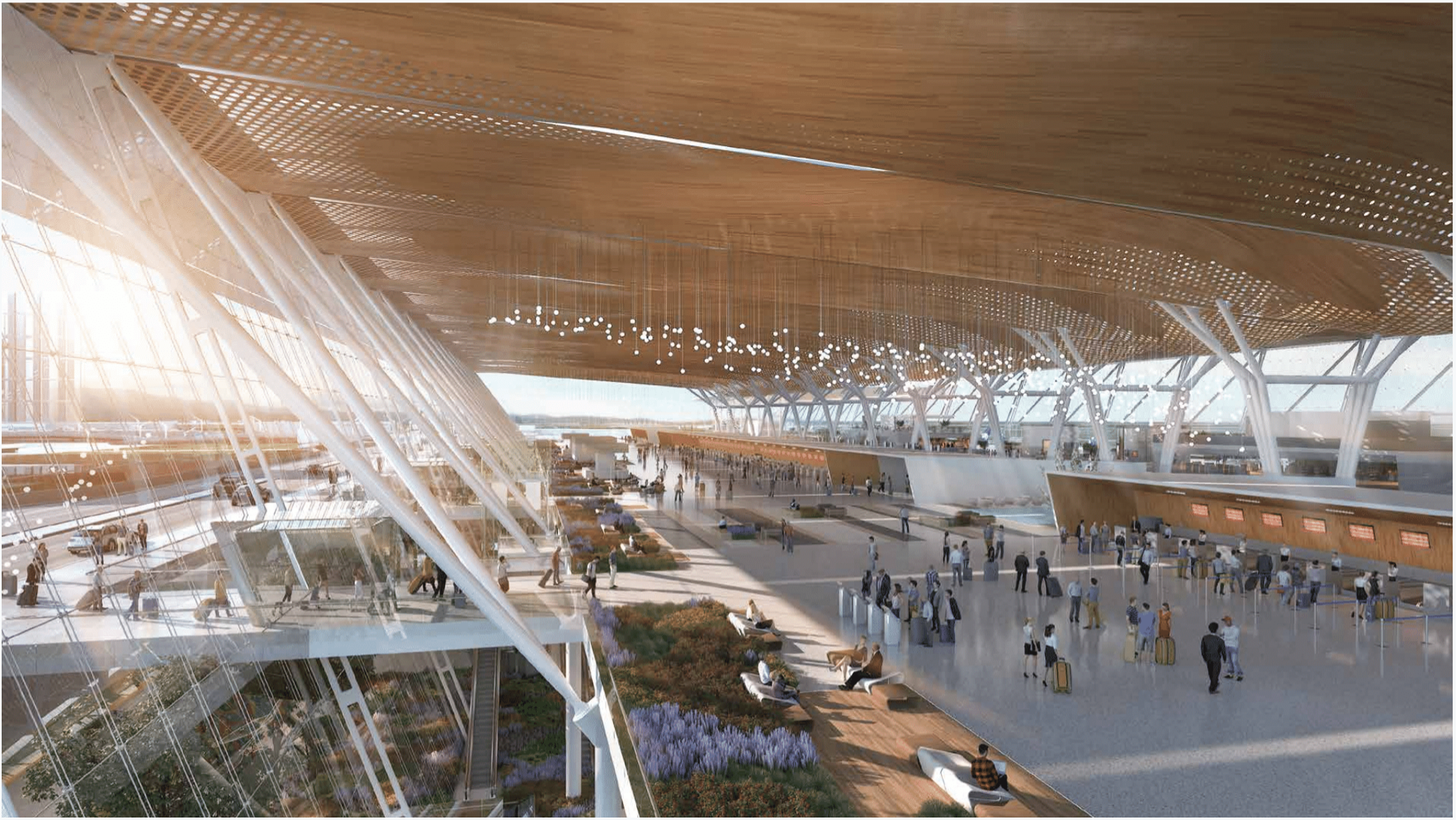Guadalajara Airport Terminal 2 will be a 30 gate, 1.2 million-sf terminal that places the passenger experience at the center of the design. It will also be one of the first net-zero airports in the world.
In order to reach this lofty goal, the terminal design includes research-backed, sustainable design strategies like solar energy harvest points, improved daylighting, insulation, glare control, shading, natural ventilation combined with economizer cooling, high performance mechanical systems, and building management systems. The design will reduce the airport’s energy use by 60% and its carbon footprint by over 90% – the proposed terminal would emit only 2,814 metric tons of CO2 each year. The facility will include landscaping that is continued from the exterior into the interior of the space.
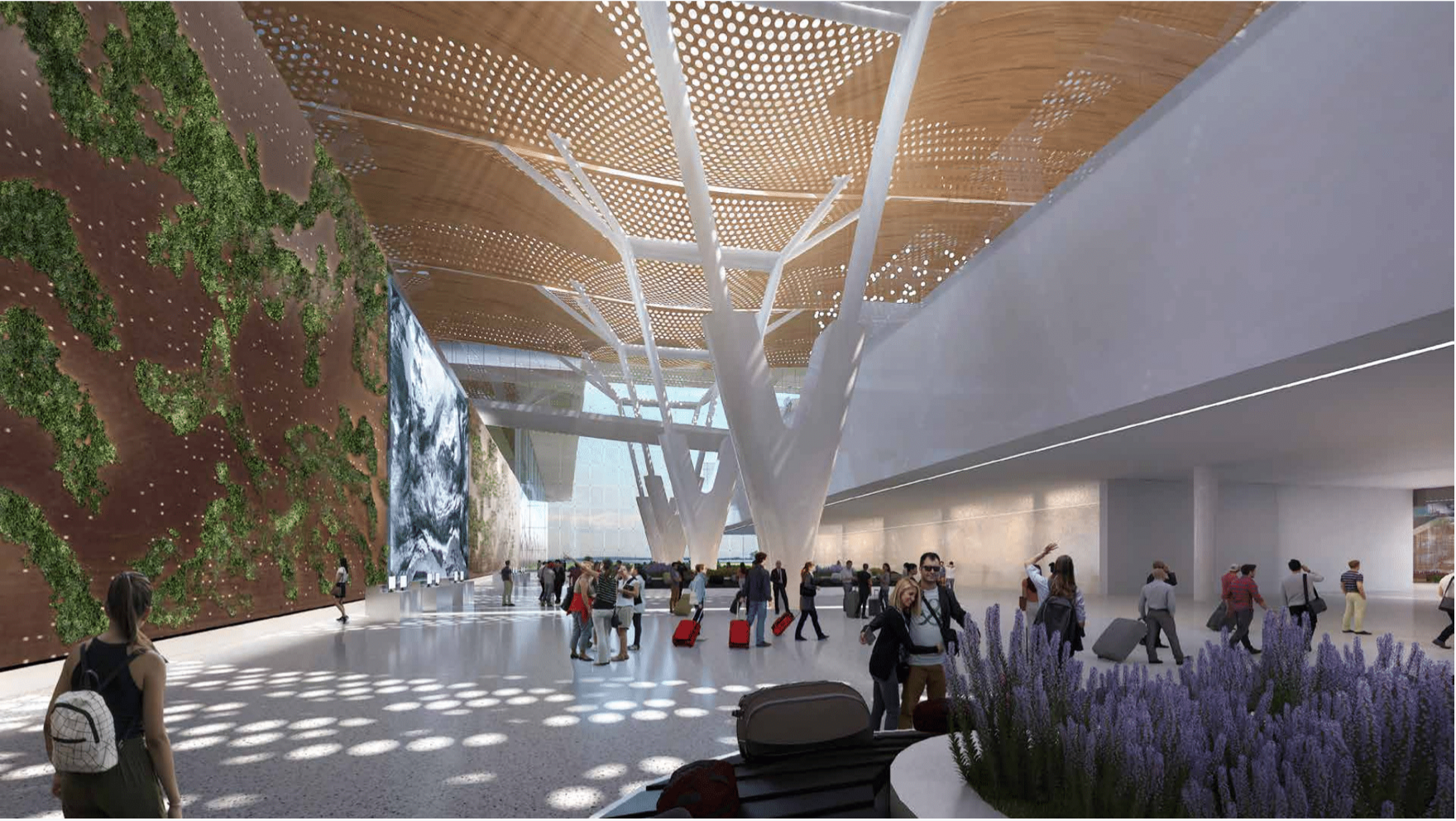
The project, which is being designed from the ground up, will include biophilic plant features, a spa, a gym, prayer and meditation rooms, and local art. Local Mexican culture was a key design element for the project, with CallisonRTKL attempting to tell a tale of regionalism through a concept dubbed “The Soul of Guadalajara." Inspiration for the terminal design is rooted in the flight of the Mexican Eagle and features such as canyon-like ceilings and agave-inspired structural elements pay homage to the surrounding area.
Two local art galleries will also be included that showcase a variety of art from abstractions to interactive media. “It’s important to us that the airport reflects the culture of its destination from departures to arrivals,” said Liliana Bernardis, Senior Associate in CRTKL’s Mexico City office, in a release. “We want passengers to feel entrenched in local art and landscaping every step of the way.”
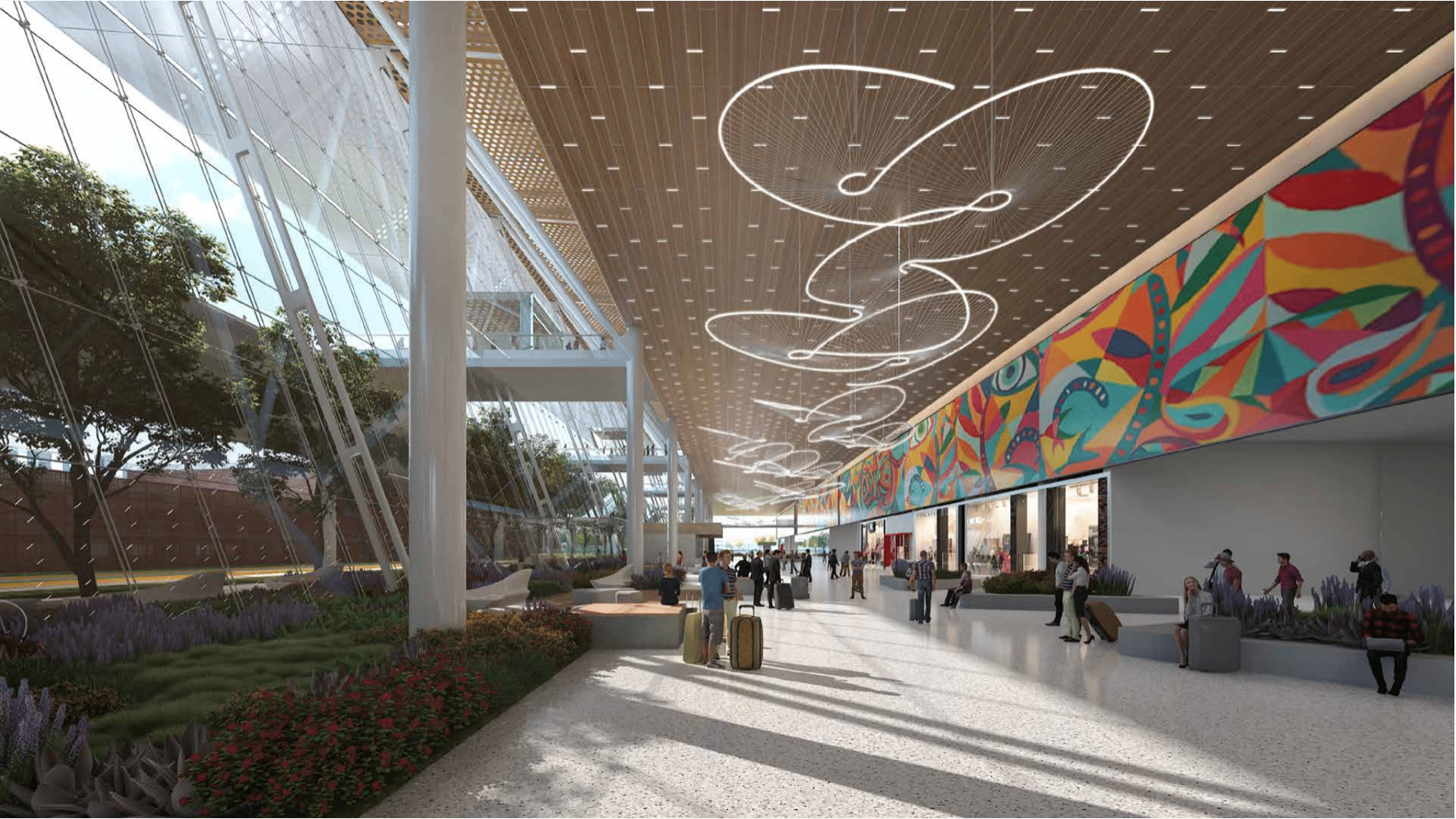
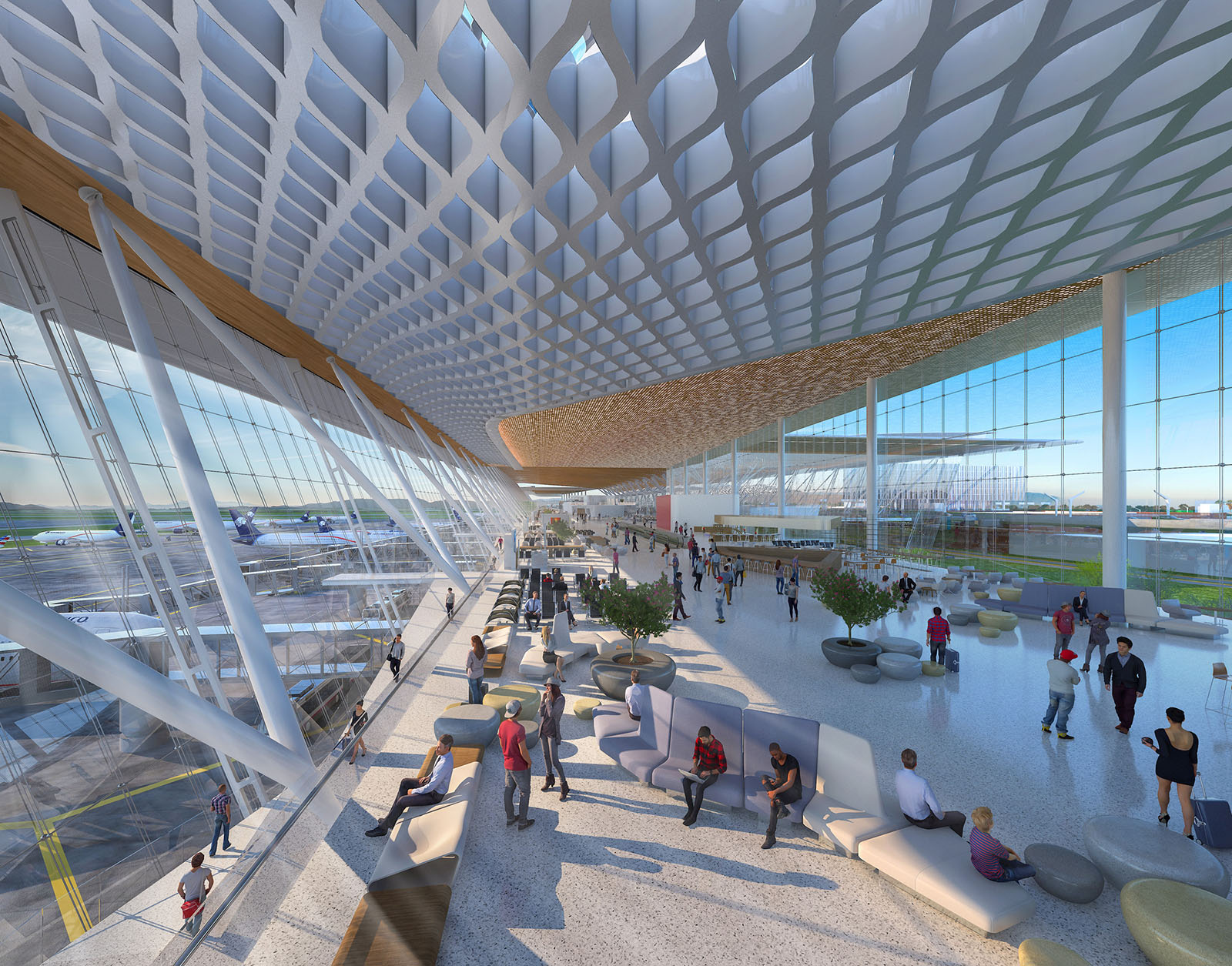
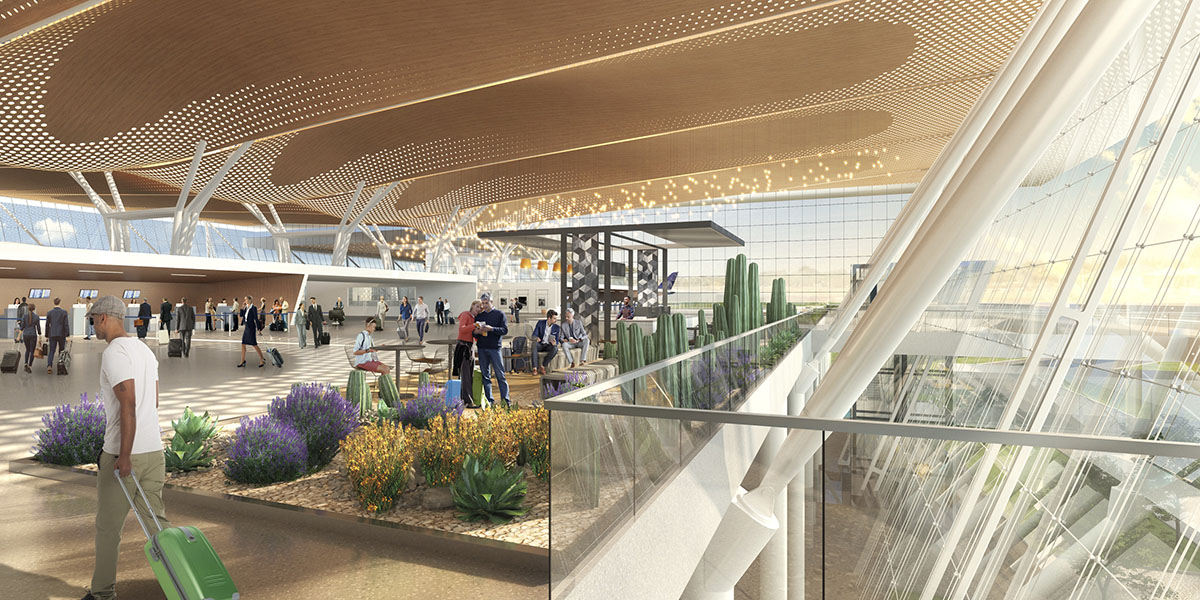
Related Stories
| Aug 11, 2010
Jacobs, HDR top BD+C's ranking of the nation's 100 largest institutional building design firms
A ranking of the Top 100 Institutional Design Firms based on Building Design+Construction's 2009 Giants 300 survey. For more Giants 300 rankings, visit http://www.BDCnetwork.com/Giants
| Aug 11, 2010
Earthquake engineering keeps airport grounded
Istanbul, Turkey's new 2.15 million-sf Sabiha Gökçen International Airport opened on October 31, 2009, becoming the world's largest seismically isolated building. Arup's global airport planning and engineering team, in collaboration with architects Dogan Tekeli Sami Sisa Mimarlik Ofisi and contractor LIMAK-GMR JV, working within an 18-month timeline, designed and built the facility wi...


